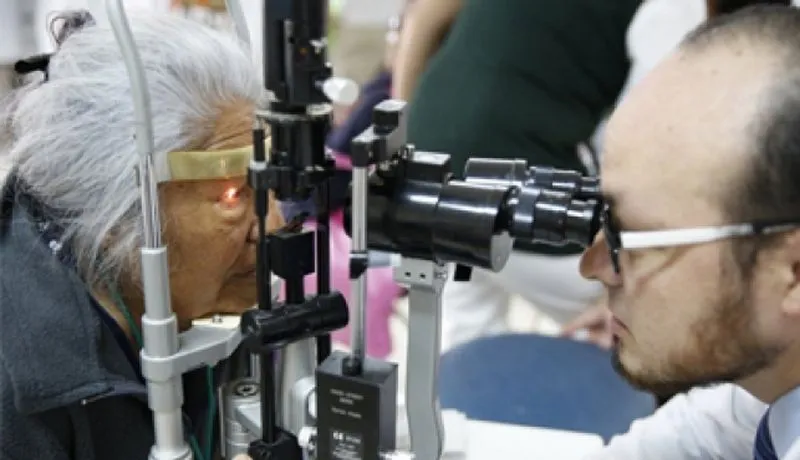In Mexico, a third of patients with diabetes (three million 450 thousand) are at risk of presenting some degree of loss of vision and even blindness for diabetic retinopathy, said the representative of the International Agency for Bliness Prevention (IAPB)For Latin America, Francisco Martínez Castro.
He explained that it is important to promote preventive and control actions that avoid or delay visual damage, which usually manifests between five and 10 years after the diagnosis of diabetes, if the disease is not controlled.
The most frequent complications between people with diabetes are decreased vision (54.5 percent), retinal damage (11.2 percent) and loss of sight (9.95 percent).
According to the Diabetic Retinopathy Barometer, headed by the International Diabetes Federation (IDF), the International Federation of Old Age and IAPB, 90 percent of Mexican ophthalmologists consider that the lack of access to information is the mostGreat to improve the health of these people.
Although diabetic retinopathy (RD) and diabetic macular edema (EMD) can be successfully treated, many people are being at risk of losing sight to face barriers in channeling and attention procedures.
The study conducted in more than 41 countries, including Mexico, was attended by more than four thousand 340 adults with diabetes and more than two thousand 300 health professionals, revealed that 18 percent of patients never talked about possible complicationsVisuals with your doctor, and 28 percent only when the symptoms appeared.
On the impact of visual limitation by diabetes, nine out of 10 patients with RD or EMD pointed out that the affectation of their vision hit their quality of life.
Of this group, 58 percent reported difficulties in driving a car, 42 percent to maintain their work, 31 percent to exercise and properly manage their diabetes and 28 percent to perform domestic tasks.
With an early diagnosis and appropriate treatment, the loss of vision of patients with diabetes can be stabilized and, even recovered, allowing them to resume their normal life.
Although, it is likely that symptoms do not disappear in its entirety, currently possible improvement in vision through innovative intraocular application treatments called antiangiogenic (anti-VEGF), such as AFLIBERPT or by surgery.



